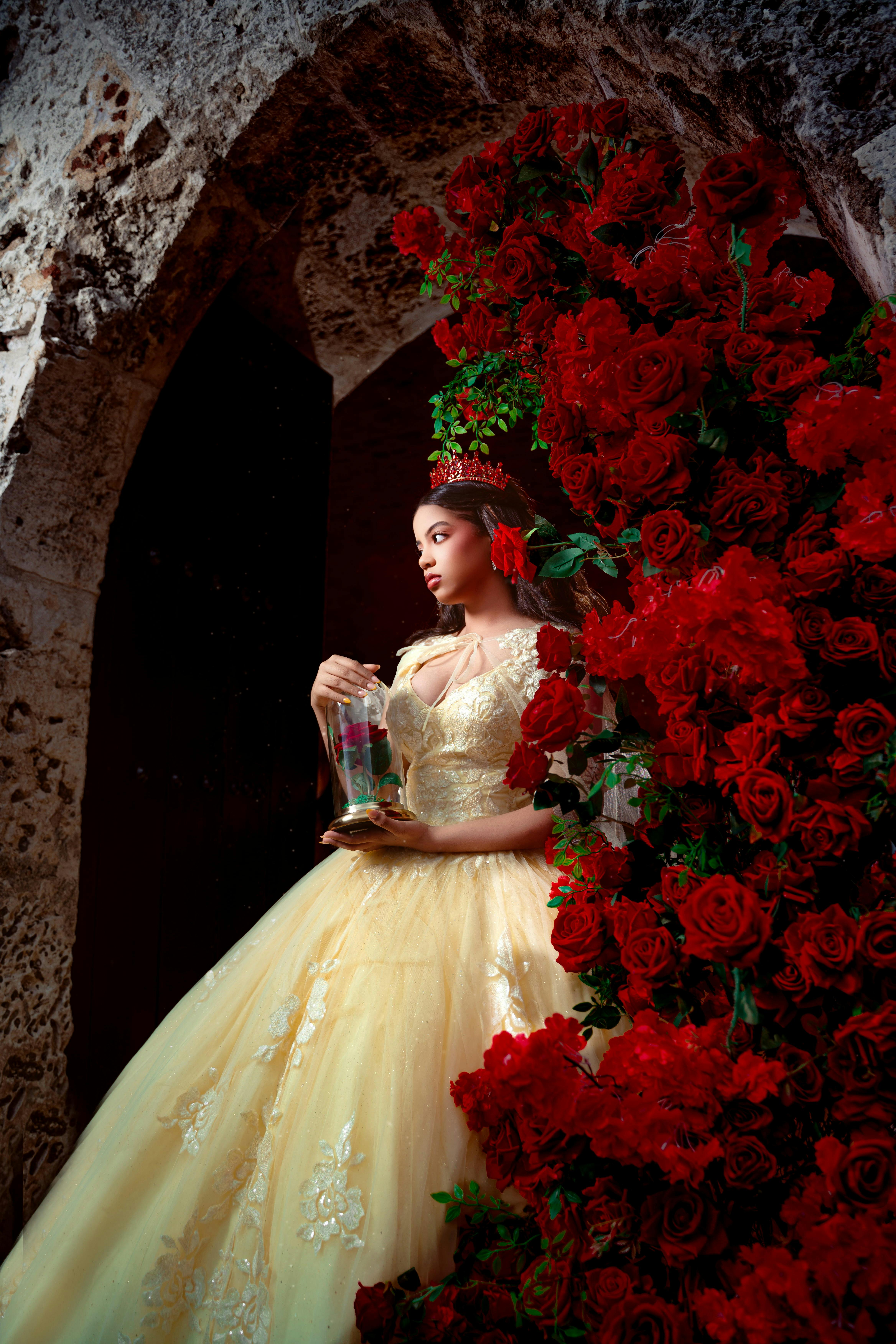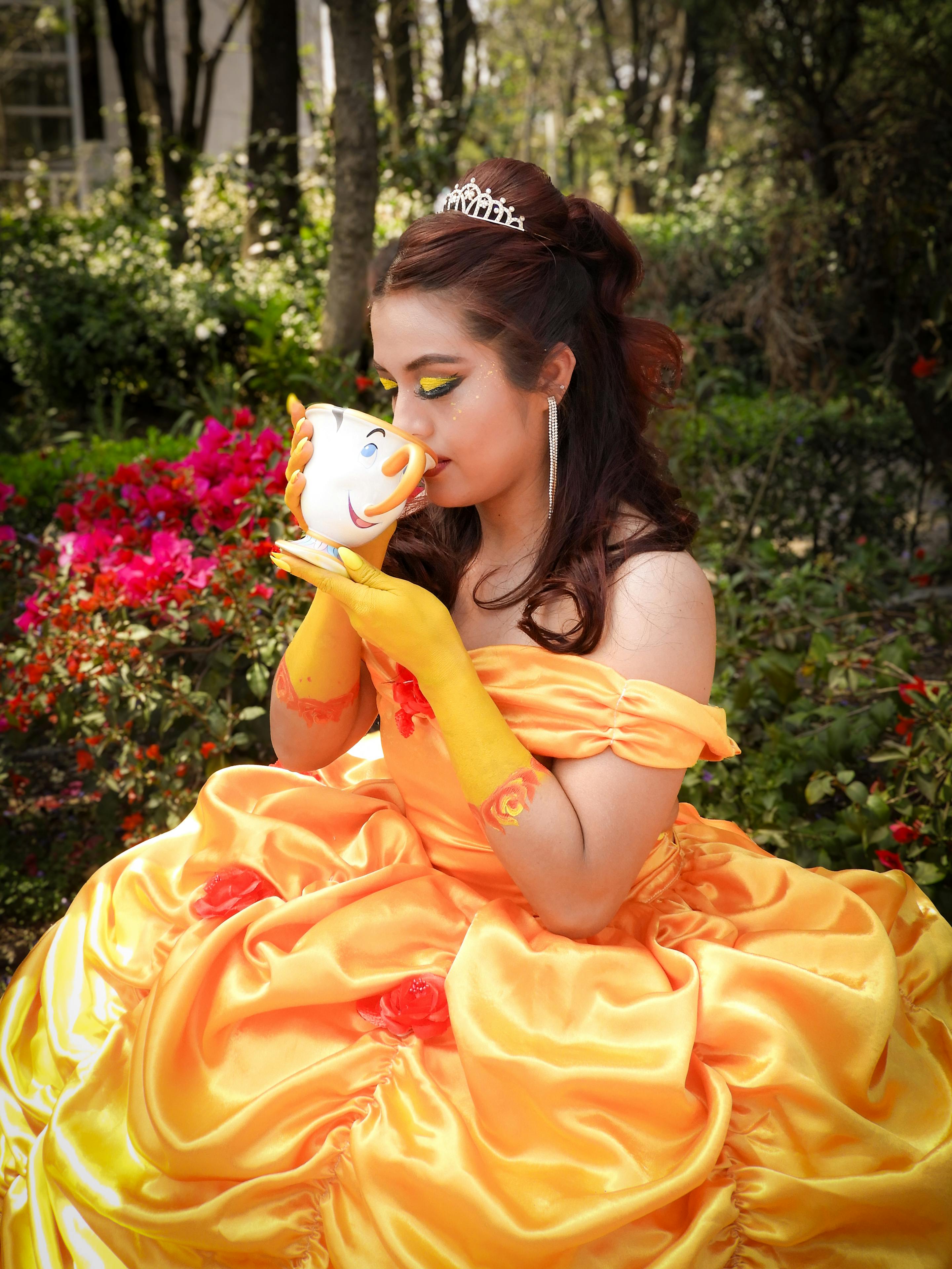Belle Beauty and the Beast Monologue: A Deep Dive Into Character and Craft
The Belle Beauty and the Beast monologue is more than just a moment of dialogue—it’s a window into a beloved character’s soul. As theatrical performances evolve, this timeless piece continues to resonate with actors and audiences alike. In this article, you’ll uncover the nuances of Belle’s voice, learn how to perform her monologue with depth, and gain expert insights on bringing her to life on stage.

Understanding the Fundamentals
Before diving into performance techniques, it’s essential to understand what makes the Belle Beauty and the Beast monologue so iconic. At its core, it reflects Belle’s longing for freedom, knowledge, and love beyond appearances.
Originating from the classic Disney adaptation, this monologue has become a staple in auditions and theatrical studies, celebrated for its emotional honesty and lyrical prose. It’s an ideal selection for actors seeking a monologue that combines charm, strength, and sincerity.
1.1 Character Context and Background
Belle is not a typical fairytale heroine. She is educated, curious, and fiercely independent. Her monologue often centers on her desire for a life beyond her “provincial town,” setting her apart from other characters in the Disney universe.
In practical terms, this sets the tone for actors to portray her with a modern sensitivity while respecting the traditional values of the original tale. Belle’s words are not just a cry for adventure but a profound desire for self-actualization.
1.2 Literary and Emotional Tone
Compared to other Disney princess monologues, Belle’s speech is introspective and evocative. It uses literary devices such as alliteration and metaphor to illustrate her internal conflict.
This gives performers ample opportunity to showcase emotional range. Whether for a school production or a professional audition, this piece demonstrates clarity of voice and depth of character.
Practical Implementation Guide
Now that we’ve explored the monologue’s essence, let’s turn to how performers can apply these insights to enhance their delivery. The Belle Beauty and the Beast monologue requires attention to both verbal and non-verbal cues for a full-bodied performance.

2.1 Actionable Steps
- Text Breakdown: Identify emotional beats and turning points in the monologue. Highlight shifts in tone or mood.
- Voice Training: Use breathing techniques and vocal warmups to ensure clarity and range.
- Rehearsal Structure: Set goals for each rehearsal: blocking, pacing, facial expression, and emotional connection.
2.2 Overcoming Challenges
Some common obstacles when performing this monologue include:
- Lack of emotional connection — solved by personalizing the monologue with your own experiences
- Overacting — balanced with subtle facial expressions and grounded body language
- Vocal fatigue — prevented by proper warm-up and hydration
Experts recommend taping your performance to identify weak areas. Even small gestures, when intentional, can transform the scene’s impact.
Advanced Applications
For seasoned performers, the Belle Beauty and the Beast monologue offers opportunities to explore subtext, timing, and emotional layering. Understanding Belle’s psychological motivations can elevate a good performance to an unforgettable one.

3.1 Method Acting and Belle
Incorporating method acting techniques allows you to draw from your own emotional reservoirs. Think about times you’ve felt misunderstood or longed for something more — this will enrich your delivery.
Case studies show that actors who prepared using method-based journaling reported stronger emotional resonance with their audiences.
3.2 Physicality and Blocking
Belle’s monologue isn’t just words—it’s movement. Consider how she paces the room, uses her hands, or shifts her stance. Integrating physical expression with spoken word adds authenticity.
Be mindful of your stage space. Whether you’re in a black-box theater or a large auditorium, spatial awareness affects audience engagement.
Future Outlook
The Belle Beauty and the Beast monologue remains relevant due to its universal themes. As gender roles and character portrayals evolve in modern theater, Belle is increasingly viewed as a feminist icon.
Experts predict more reinterpretations of her character—such as Belle being played by diverse actors or in nontraditional settings. Staying informed and adaptable is crucial for performers aiming to keep their work current.
Conclusion
To summarize, Belle’s monologue offers:
- A richly layered character with emotional complexity
- A platform for vocal and physical expression
- Timeless themes that resonate across generations
For actors, this is more than a performance piece—it’s an opportunity to connect with audiences through truth and storytelling. Begin practicing today and bring Belle’s dreams to life on stage.
Frequently Asked Questions
- Q: What is the Belle Beauty and the Beast monologue? It’s a dramatic speech delivered by Belle expressing her yearning for adventure and understanding beyond her small-town life.
- Q: How do I get started with learning the monologue? Begin by reading the full text, then break it into beats and rehearse line by line with emotional intent.
- Q: How much time should I invest in preparation? On average, a polished performance requires 10–15 hours of focused rehearsal, depending on experience level.
- Q: Does preparing this monologue cost money? It can be free with basic tools, though coaching sessions and recording equipment may add optional costs.
- Q: How does this compare to other Disney monologues? Belle’s piece is more introspective and emotionally deep compared to lighter, more comedic Disney monologues.
- Q: Is this monologue difficult for beginners? It presents moderate difficulty—ideal for intermediate-level performers looking to challenge themselves.
- Q: Can this monologue be adapted for different performances? Yes, it’s versatile enough for traditional theater, school showcases, and even contemporary reimaginings.
